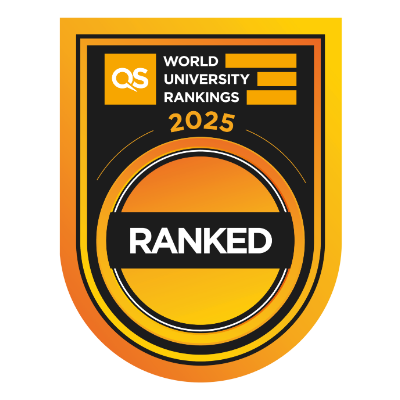Belgium's Ambassador to Hungary convinced by SZE’s development
Siegfried Peinen, Belgium's Ambassador to Hungary, who visited Széchenyi István University on Thursday, 16 June, believes that cooperation with the University is realistic in several areas. The diplomat spoke positively about the development and infrastructure quality of the University of Győr.
The priority of Széchenyi István University is to strengthen its international relations and thus contribute to the development of the region. Siegfried Peinen, Ambassador of Belgium to Hungary, and Edit Ránky, Trade and Investment Counsellor, visited the institution to learn about possible links and cooperation opportunities.
Dr Eszter Lukács, Vice Rector for International Affairs, introduced the University and Győr to the guests. She said that Győr is, on the one hand, a traditional industrial city, with the world-renowned Audi factory operating since 1993, and around three thousand other companies. However, Győr's other wing is culture, hallmarks of which are its many tourist attractions and its famous ballet company. Dr Lukács pointed out the city's excellent geographical location, close to the Austrian, Hungarian and Slovak capitals, from whose airports all points of the globe are easily accessible. In addition, there is a small airport in Pér, a neighbouring town of Győr.

The Vice Rector also said that Győr is an important university city and that Széchenyi István University has undergone significant development in recent years. This is evidenced by the fact that in the latest world rankings published by the two largest global higher education rating organisations, SZE is ranked in position #801-1000 by QS, and also included in the Times Higher Education sustainability goals rankings, where in the category of "sustainable cities and communities" the institution is placed among the top 300 in the world. Of the University’s student community of almost 14,000, some 800 come from abroad, from 65 countries around the world, to study on one of nearly 40 English-taught programmes. She added that the University maintains very close relations with companies and is Audi Hungaria's number one partner. The regional impact of the institution has increased significantly in recent years, as shown by the fact that in addition to the campus in Mosonmagyaróvár, Győr also operates an innovation and training centre in Budapest and at ZalaZone in Zalaegerszeg. Further development will be facilitated, among other things, by the science and innovation parks already under construction in Győr and Zalaegerszeg.
Speaking at the meeting, Dr Erika Hollósi-Kalmár, secretary of the Győr-Moson-Sopron County Chamber of Commerce and Industry, said that the most important sectors of the county's economy were the automotive, logistics, tourism, agriculture and food industries. She pointed out that the per capita GDP is very high in comparison with the Hungarian average and the unemployment rate is only 1.6%. In response, Edit Ránky, Trade and Investment Counsellor, said that the aerospace, agri-food, engineering, automotive and logistics sectors in particular could be interesting areas for the development of economic and trade relations between Hungary and Belgium, especially the Wallonia-Brussels capital region.
At the meeting, Siegfried Peinen said that he had been working as ambassador to Hungary for more than three years and had long wanted to visit Győr, but had not been able to do so because of the Coronavirus epidemic. He said that his first impressions confirmed his expectations, as the city is beautiful and rich in history, with significant industrial potential and development. He added that he had been very impressed by Széchenyi István University, whose development and infrastructure are very convincing, even by Western European standards. He said that he could envisage future cooperation with the institution in several areas.











